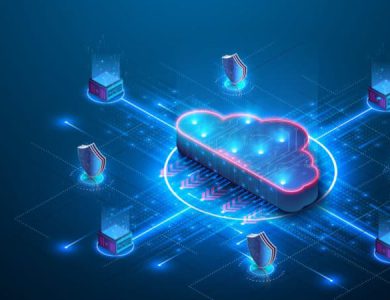
Rather than make criticisms myself, I’ll just quote what others have written in the past and let you make up your own mind.
From O’Reilly’s blog post on the cease and desist letter sent to IT@Cork:
“Web 2.0” was coined when we were brainstorming the concept for the first conference in 2003. As noted in the letter to IT@Cork (sent from CMP’s attorney, but with our knowledge and agreement), “CMP has a pending application for registration of Web 2.0 as a service mark, for arranging and conducting live events, namely trade shows, expositions, business conferences and educational conferences in various fields of computers and information technology.”…
…I don’t believe that the arguments about prior use of the term, or about “genericization” have a legal — or even a moral — basis. No one was using the term “Web 2.0” with its current meaning before we launched the Web 2.0 conference in October 2004… (emphasis mine)
From US Patent Office Mark Registration for Web 2.0:
(words only): WEB 2.0…
…Filing Date: 2003-11-03
From Newsmaker: Portals in Space, published July 28, 2003 (an interview with Joe Firmage):
Q: First question: Why a portal company?
A: At USWeb I had the opportunity to learn the backside stories of an enormous number of Web projects, including intranets, extranets, and anything else you can imagine. At the peak of the company we were working for half of the Fortune 100. So I saw what was working and what was not. I had a cheat sheet, a list I kept in case we ever had the chance to build a Web 2.0……Q: You used the term “Web 2.0,” by which you mean?
There were problems with Web 1.0. You need a reusable portal infrastructure based on open-source software. There is too much software that is built by hand which is too expensive and too fragile to maintain. You need to solve the rich media problem without running fiber into every home. The corpses that litter Highway 101 in Silicon Valley are a testimony to the gravity of this problem.You need simpler and more powerful navigation of the Internet. You need to find a way to help people get their heads around the Web. You need a medium in which the quality of information can be ascertained. Education will not happen unless there’s a way for parents, teachers and students to distinguish garbage from high-quality stuff…
From John Robb’s Weblog, August 16, 2003:
What is Web 2.0? It is a system that breaks with the old model of centralized Web sites and moves the power of the Web/Internet to the desktop. It includes three structural elements: 1) a source of content, data, or functionality (a website, a Web service, a desktop PC peer), 2) an open system of transport (RSS, XML-RPC, SOAP, P2P, and too an extent IM), and 3) a rich client (desktop software). Basically, Web 2.0 puts the power of the Internet in the hands of the desktop PC user where it belongs.
From Findlaw: Enforcing a Service Mark or Trademark in the Federal Courts in New Jersey
Ownership of a trademark or service mark is governed by priority of use. Registering the mark with the patent and trademark office constitutes only prima facie evidence of ownership, and casts the burden on the defendant to prove that it used the mark before the plaintiff. However, if the defendant can prove prior use, then it has the right to continue to use the mark.
Many folks have issued opinions on this subject, which is now over a month old, but I’ll keep my trap shut. Thanks to Joe for tipping me off to the Newsmaker article.
Full Disclosure: Obviously, I do have a bias, as we’d like not to be forced to change the name for the Web 2.0 Awards.






